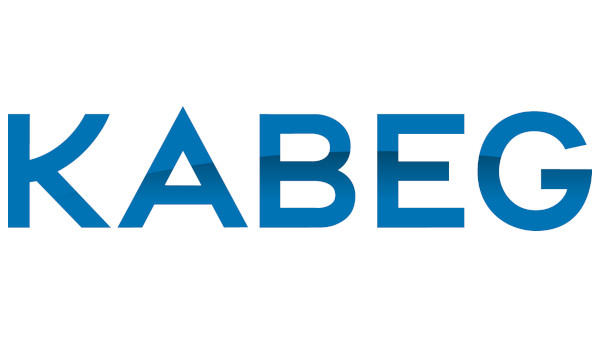Ensuring a clear overview and guaranteed processing power
As a holding company, KABEG organizes five regional hospitals in Kärnten in different business areas and handles a variety of strategic tasks. In the IT, Communications and Medical Technology Department and in purchasing, the holding company additionally manages all operational activities. Consequently, all billing to the hospitals is distributed from KABEG's central IT department along with the record keeping and coordination of all budgets.
Serviceware Financial has been in use for this since 2015. Prior to that, employees worked with an ever-growing Excel list in which all services - from cost components to HR to internal billing - were mapped in more than 90 tabs. "Obviously, this Excel spreadsheet served its purpose - it did the math. But keeping track of the different versions and not messing up something in every cell was hardly possible," says Franz-Georg Pichler, deputy head of the ICT/MT department. The goal was therefore to implement a solution that could process large amounts of data and make the evaluation of budgets and processes as simple as possible.
Transparent controlling at all levels – despite special requirements
Two of the highest priority business services are the IT user account and the hospital information system (HIS). The IT user account is one of the most complex services, which offers a wide range of functionalities. The essential requirement of the Serviceware solution: to meet the special controlling requirements. Given the volume of data fed into the system – from various annual slices to budgeting and periodic budgeting - these processes require constant transparency. In particular, the corresponding actual and annual comparisons must be designed to be comprehensible and comparable.
In order to be able to evaluate this data in a meaningful way, KABEG also uses the Visual Service Analyzer. " For us, it is all about properly planning the calculated costs so that we can report the correct cost blocks to our finance department. In addition, the costs must be distributed to the products in a comprehensible allocation procedure so that we can clearly justify how certain costs arise and what they are made up of," explains Franz-Georg Pichler. "In short, our benefit from this is that the evaluations are much clearer and more comprehensive – also visually. It used to be like a black box, no one would question it," adds Margot Matacske, "now I can directly justify why the IT user account is 20 percent more expensive – due precisely to the plausibly listed components."



